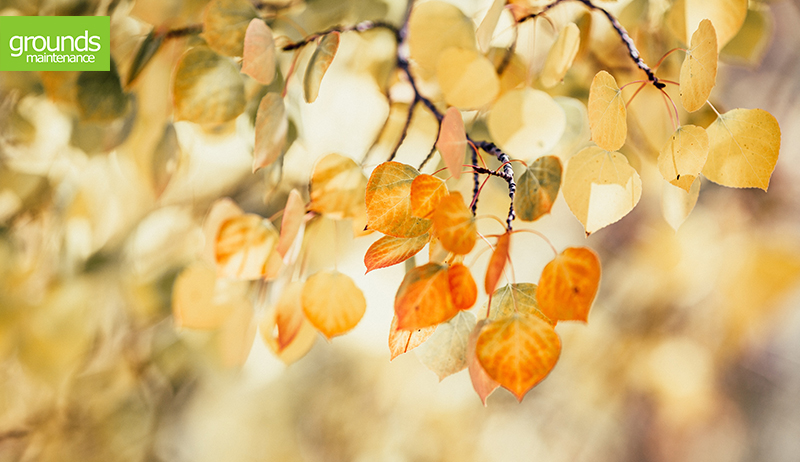
October Garden Jobs
October usually sees the first frost blackening the foliage of tender plants, such as dahlias. The autumn leaves also begin to colour up and eventually fall. It’s time to dismantle the summer displays and prepare your garden for the winter ahead. It shouldn’t be all doom and gloom because it’s also time to plant those spring bulbs and veg!
Grow your own: Early carrots
October is the time for sowing early carrot seeds. Early carrots can be more tender than maincrop carrots, so it is worth planting some this month to enjoy next Spring. As with all carrots, early carrots prefer loose, deep and sandy soil. If the soil is too heavy or compacted, your carrots will not grow as well and could be stunted.
Gardening jobs for October
- Tidy borders lightly, clearing weeds, and cutting down spent flower stems.
- Compost all green waste generated by clearing the garden. Don’t put woody material into the compost unless this has gone through a garden shredder and never put the roots of perennial weeds into your compost bin.
- Clear fallen leaves from the lawn and paths by raking, sweeping or using a mechanical leaf blower.
Lawns
- October and November are the best months for laying a new lawn with turf, although in a mild winter if the soil stays in a workable state, you could lay it right through the winter.
- Reduce the frequency of mowing and clear piles of dead leaves from the lawn to stop the grass from turning yellow with a lawn rake or leaf blower.
- Carry out autumn lawn care if you haven’t done so already. This could include aerating, scarifying or an autumn/winter fertiliser to strengthen your lawn throughout the winter months.
Trees, Shrubs & Climbers
- Plant container-grown trees, shrubs, climbers and roses.
- Check tree ties in windy weather.
- Cut back tall shrubs if necessary with a sharp pair of loppers.
- Prune late-flowering climbing roses and repeat-flowering old-fashioned roses with secateurs.
- Trim privet hedges using hedge shears or invest in a powered hedge trimmer for those larger jobs.
Flowers
- Continue planting Spring flowering bulbs with a bulb planter.
- Remove fallen leaves from the crowns of plants to prevent rotting.
- Continue replacing old summer bedding with winter and spring bedding as the flowers come to an end, and add fresh compost.
Pots & Containers
- Plant winter and spring bedding and spring bulbs in containers.
- Containers will need occasional watering but aim to keep the compost just moist rather than wet.
Vegetables & Herbs
- Gather to store or use fresh: sprouts, leeks, autumn cauliflowers, maincrop potatoes, Jerusalem artichokes, carrots, parsnips, pumpkins and winter squashes.
- Protect salads and late root crops with horticultural fleece to extend the growing season.
- Once the veg patch is cleared carry out winter digging (digging or forking over bare patches of the ground). Mix in organic matter, like a horse or chicken manure, or as you go.
- Plant spring cabbage and overwintering onion sets. Garlic can be planted towards the end of the month or throughout November.
Fruit
- Create new strawberry beds and plant young plants raised from this year’s runners.
- Prepare new fruit trees and plant them if conditions allow.
- Harvest apples and pears for storing mid-month.
Undercover
- Have a good clear out of the greenhouse and prepare it for cold weather.
- Bring frost-tender plants in for the winter.
- Reduce the amount of water given to greenhouse plants as the nights get colder and the growth rate slows down.
- Sow early annuals.
- Plant tulips, hyacinths and narcissus in containers.
- Sow winter lettuce, baby spinach leaves, overwintering spring onions and early carrots.
- Remove any greenhouse shading.
Wildlife
- If you have the space, make a woodpile habitat in a shady corner of the garden. A log pile will attract insects, including beetles, as well as toads and maybe a hedgehog too!
- Clear out the pond: cut down dead and dying leaves of marginal plants, and remove floating water plants and fallen leaves with a pond net. Scoop out excess sludge from the bottom and cover the pond with netting to stop more leaves from falling in.









